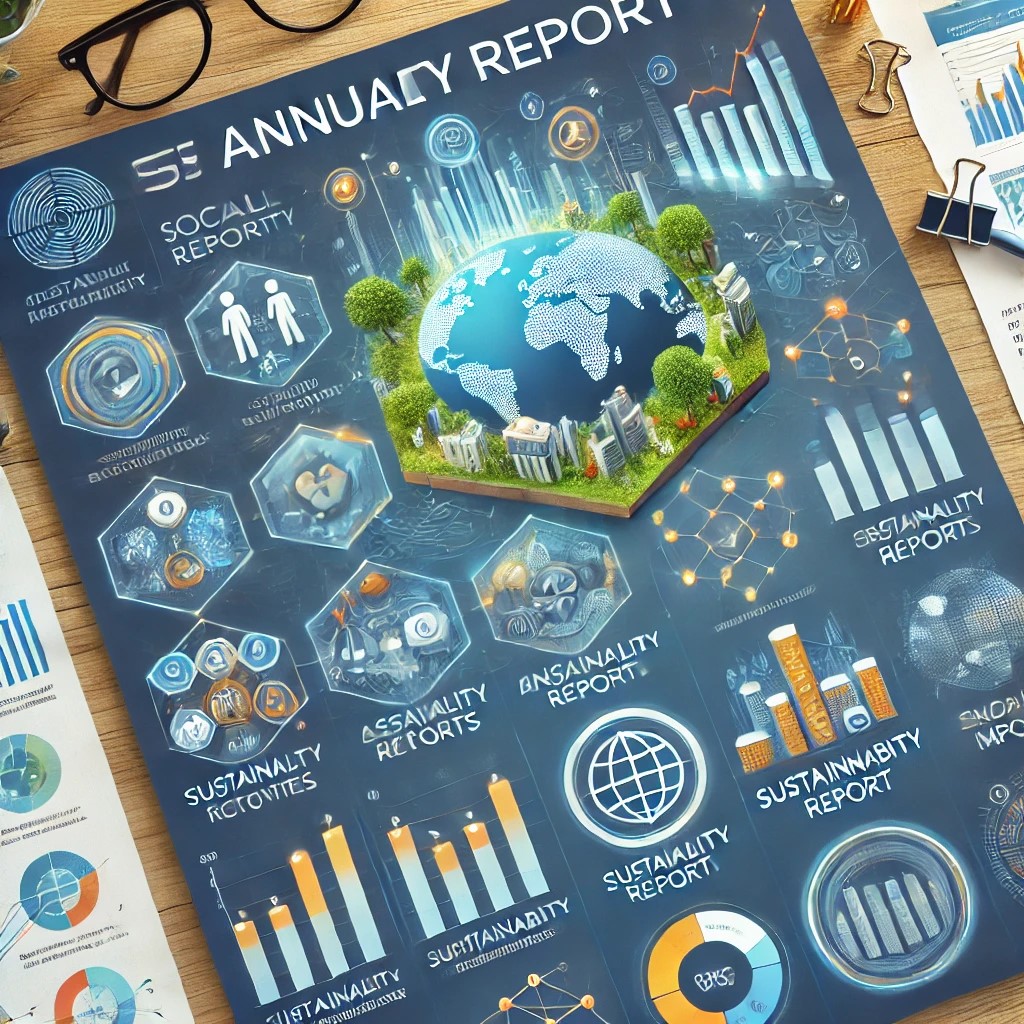Commodity trading, a crucial aspect of the global economy, involves the buying and selling of raw materials like oil, gold, agricultural products, and more. This form of trading has a profound impact on various sectors, influencing everything from food prices to energy costs. Understanding the dynamics of commodity trading is essential for grasping its role in both current economic trends and future market predictions.

The Basics of Commodity Trading
Commodity trading is conducted in two main forms: spot trading and futures trading. Spot trading involves the immediate purchase and sale of commodities, while futures trading involves contracts to buy or sell commodities at a future date at a predetermined price. Futures trading is particularly significant as it allows producers and consumers to hedge against price volatility.
Key Factors Influencing Commodity Prices
Several factors influence commodity prices, including supply and demand dynamics, geopolitical events, currency fluctuations, and technological advancements.
Supply and Demand: Basic economics dictate that when demand for a commodity exceeds supply, prices rise. Conversely, when supply outstrips demand, prices fall. For instance, a poor harvest can drive up food prices, while new oil discoveries can lower energy costs.

Current Trends in Commodity Trading
Several trends are currently shaping the commodity trading landscape.
Digitalization: The rise of digital platforms and blockchain technology is transforming commodity trading. Digitalization enhances transparency, reduces fraud, and improves the efficiency of transactions. Blockchain, in particular, offers secure and immutable records of trades, increasing trust among market participants.
Sustainable Investing: There is a growing emphasis on sustainability in commodity trading. Investors are increasingly considering environmental, social, and governance (ESG) criteria when making decisions. This shift is driving demand for sustainably sourced commodities and influencing market prices.
China's Influence: As one of the largest consumers of commodities, China's economic policies and demand patterns have a significant impact on global commodity markets. Any shifts in China's growth trajectory or import strategies can cause substantial price movements.

Future Predictions for Commodity Trading
Looking ahead, several predictions can be made about the future of commodity trading.
Greater Use of AI and Big Data: Artificial intelligence and big data analytics will play a crucial role in commodity trading. These technologies will enable traders to analyze vast amounts of data, identify patterns, and make more informed decisions. Predictive analytics will become increasingly important for anticipating market movements.
Focus on Renewable Commodities: As the world shifts towards renewable energy, commodities like lithium, cobalt, and rare earth metals used in battery production will gain prominence. This transition will reshape commodity markets and create new trading opportunities.
In conclusion, understanding the dynamics of commodity trading is essential for navigating the complexities of the global economy. Current trends such as digitalization, sustainable investing, and China's influence are shaping the market, while future predictions point towards increased volatility, the rise of AI and big data, and a focus on renewable commodities. As the commodity trading landscape evolves, staying informed and adaptable will be key to success in this ever-changing field.





